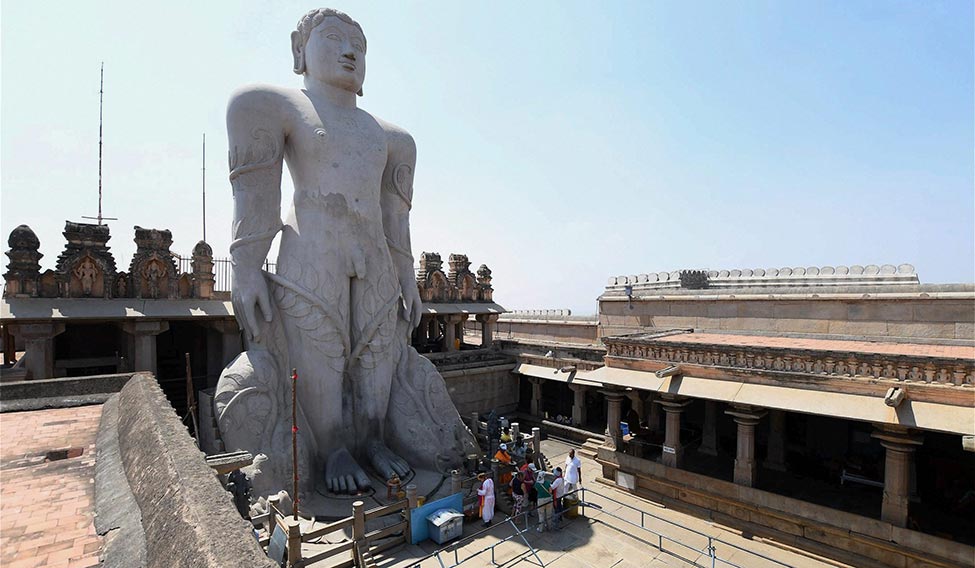In August 2015, the normally docile Jain community hit the streets, inflamed by a ban that the Rajasthan High Court imposed on Sallekhana, also known as Santhara—the religious practice of fasting to death. The court order came on a petition by an activist, Nikhil Soni, who equated Sallekhana with suicide. Though the Supreme Court overturned the order, argument over the practice did not die down. In fact, it found new life when 13-year-old Aradhana Samdariya died after 68 days of fasting in Secunderabad nine months ago.
To be fair, Jain customs lend themselves to simplistic interpretations, especially since the word Jain means conqueror of the senses. It is one of the oldest Indian religions, and has two main sects: Shwetambara (meaning white-clad) and Digambara (sky-clad). Vardhamana Mahavira, a prince who turned ascetic 600 years before Christ, is the last in the line of 24 tirthankaras or spiritual pioneers of this ancient faith. (Shwetambaras believe that the 19th tirthankara, Mallinath, was female, a claim that Digambaras dismiss).
Shwetambaras wear white clothes, while Digambaras reject all material possessions, including clothes. While the scriptures, beliefs and rituals, like image-worship, vary between the two sects and multiple sub-sects, the basic principle remains the same: a total observance of ahimsa (non-violence). The process of initiation (diksha) into the monastic order involves the extremely painful process of plucking out the strands of hair one by one.
Is Jainism fundamentally atheistic? While there is no concept of a supreme creator in the religion, Jains believe in paramatma or soul in a liberated state. Writes Jeffery D. Long, associate professor of religion and Asian studies at Elizabethtown College, Pennsylvania, in his book Jainism: An Introduction: “Every jiva [spirit or soul] has been associated with ajiva [non-soul]. It is the dissociation of jiva from ajiva that is the chief aim of Jain asceticism. Karmic matter is attracted to jiva, due to passions like raga [attraction] and dvesa [aversion]. The soul has to purify itself of karmic matter, giving rise to absolute knowledge [kevalajnana] to break itself from the cycle of samsara [birth, death and rebirth].”
But, what about the image of Jainism as a religion promoting self-harm? The practice of Sallekhana actually is an expression of the highest form of humanity and benevolence. It has to be sanctioned by a spiritual head. As Long mentions, the Digambara scholar Samantabhadra, who had an incurable disease, was denied permission for Sallekhana as his intention was to put himself out of pain.
A nuanced portrayal of the faith is difficult, but not impossible, to come by. The writer William Dalrymple, for instance, describes an encounter with the Digambara nun Prasannamati Mataji, exploring loss and life, in his book Nine Lives: In Search of the Sacred in Modern India. Another example is the layered, but more turbulent story of Maitreya in Anand Gandhi’s film Ship of Theseus.
These complexities are exactly what make it possible to view Jainism through a monochromatic lens. Take the different forms of worship by the Jains. As Jinendra Prasad, a Digambara from Wayanad in Kerala, says, “We have all forms of abhisheks and worship in our temple. We use flowers, but Shwetambaras don’t. You will also notice that our idols are completely naked.”






